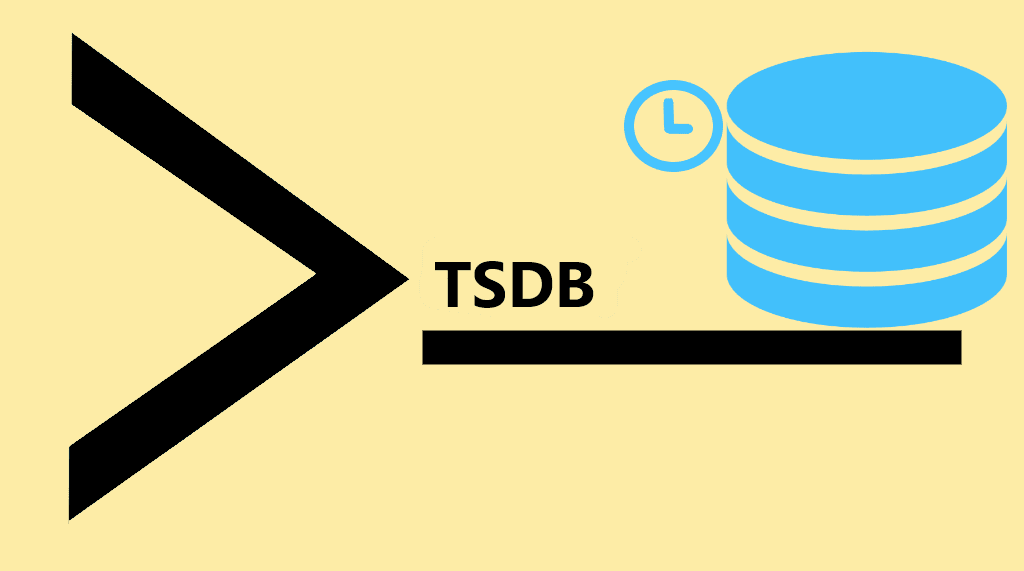Tag: MySQL
Check our vast MySQL tutorials, we have how to's that range from the basics, from setting up a user to advance topics like how to index your database.
What Is the Difference Between MySQL and SQL Server?
MySQL and SQL Server are both popular database management systems (DBMSs). Both systems are powerful, but their differences may make one solution more suitable for your particular use case. MySQL and SQL Server support various data types, indexes, and data integrity constraints. This article takes a look at each database and their similarities and differences to help you determine which database is right for you.
What Is the Difference Between MySQL and MariaDB?
Many database solutions are available today, and MySQL and MariaDB are some of the best ones you can use. However, while they share a lot of similarities, such as syntax and architecture, there are some key differences you should keep in mind, including performance, licensing, and support, among others.
How To Install LAMP Stack on AlmaLinux
AlmaLinux is an open-source, Linux OS that will replace CentOS since it soon reaches End-of-Life (EOL) and will no longer be supported. Comparing CentOS vs AlmaLinux, you find that AlmaLinux is a one-to-one replacement for CentOS with a longer lifecycle and a simple installation process.
Underlying Causes and Fixes for “Too Many Redirects” Error
A redirect sends traffic from one URL to another. When moving content from one page to another or changing the permalink structure of a website, redirects are helpful. You can read this article to learn more about the Too Many Redirects error, including what causes it and how to fix it.
7 Ways to Get Your MySQL Version
MySQL is a popular, modern, and fully featured relational database management software that is free and open source. It is used by companies worldwide for mission-critical enterprise data storage and processing, as the backend for large customer-facing applications, and as a component of robust, well-established web software stacks.
What Is a Time Series Database? How It Works & Use Cases

As the Internet of Things expands quickly, many devices connect to the web and transmit time series data. As a result, industries are interested in creating time series databases with unique management and analytical features.
Strict mode in MySQL and MariaDB controls the handling of invalid or missing values in data-changing queries. This includes INSERT, UPDATE, and CREATE TABLE statements. With MySQL strict mode enabled, which is the default state, invalid or missing data may cause warnings or errors when attempting to process the query.
Remove a MySQL User on Linux via Command Line
MySQL via Command Line 101: Basic Database Interaction
System administrators do well to further their security practices by removing users from MySQL who no longer require access. They should ensure that they get released as users change, and turnover happens. It provides security and safeguards against unlawful access to data.
Remove Permissions for a MySQL User on Linux via Command Line
MySQL via Command Line 101: Basic Database Interaction

A fundamental part of managing users in MySQL is removing permissions no longer required for a user. Administrators should ensure that terminated users or those whose roles have changed within the company have had permissions removed from their user profiles. This action secures the system against unlawful access to information.
Grant Permissions to a MySQL User on Linux via Command Line
MySQL via Command Line 101: Basic Database Interaction
After an administrator creates a MySQL user via the command line on Linux, the next step is to grant permissions to that user. The goal is to ensure that the user is able to log in and access the MySQL server to perform tasks. This article shows you how to grant permissions to a MySQL user on Linux via the command line.
Our Sales and Support teams are available 24 hours by phone or e-mail to assist.

